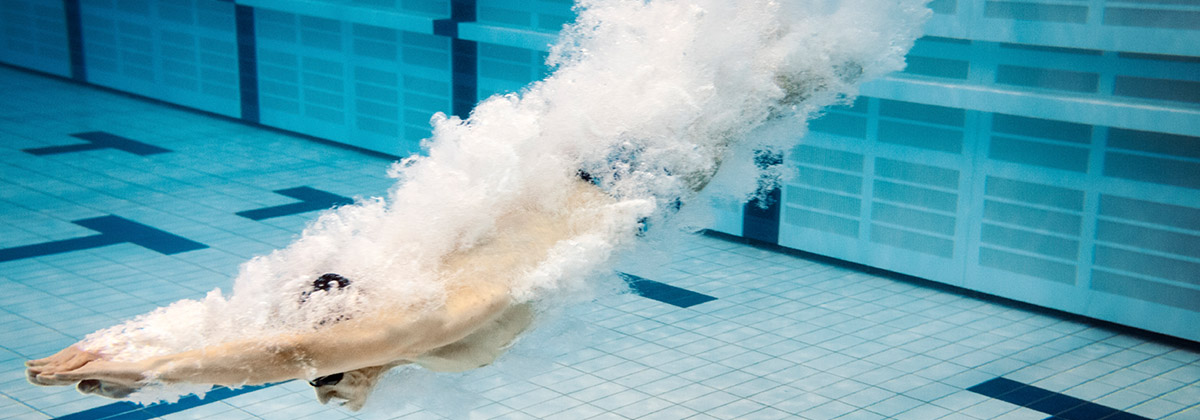
To help all Canadians enjoy and reach their potential in sport and physical activity, we need to apply a rational, progressive Long-Term Development framework. The following Key Factors are the basis of that Long-Term Development framework. They operate at three levels: the individual (Personal Factors), each sport and physical activity-supporting organization (Organizational Factors) and across the Canadian system as a whole (System Factors).
Personal Factors
The Personal Factors are particularly important for parents and caregivers, teachers, instructors and coaches to consider as they plan quality programs for young participants and athletes.
- Developing Physical Literacy in the early stages lays the foundation for later success and life-long engagement in physical activity for health.
- Quality Environments: By providing enhanced learning and training environments from a very early age, greater physical literacy and improved sport-specific skills are developed. Individuals carry this advantage to subsequent stages of Long-Term Development. A quality training and competition environment is a safe environment: physically, mentally and social-emotionally. Please note, an enhanced learning and daily training environment is not the same thing as early over-specialization!
- Developmental Age: People grow and develop at different rates. Sport and physical activity need to take each individual’s stage of growth and development into account when designing training, competition, and recovery programs. Long Term Development addresses the complete physical, mental, cognitive and emotional development of participants—not just physical characteristics and performance qualities. Training, competition, and recovery programs also need to consider the mental, cognitive, and emotional development of each participant.
- Sensitive Periods: As children grow and develop, there are times when different types of practice and training will have a greater effect. These “sensitive periods” provide a special opportunity to train and develop important skills and physical capabilities that have a greater return on time invested and that can impact athletic performance throughout the life course.
- Predisposition: Not all individuals are equally capable in all sports, and both enjoyment and success are related to how proficient an individual is in the sport they play. Sampling many sports during Learn to Train and early Train to Train can help participants find sports and physical activities to which they are well suited.
- Excellence Takes Time: To reach full potential, athletes need well planned, progressive, high quality training over many years. Success cannot be rushed, and in many cases, athletes or performers may have pursued sport for eight to 12 years of training and competing before mastering the activity. A “hot house” approach can produce early winners, but it hinders longterm development and ultimate athletic success, and can lead to burnout and overuse injuries.
- For Life: An over-the-life-course approach acknowledges there are critical periods in early life when social and cognitive skills, habits, coping strategies, attitudes, and values are more easily acquired. These early abilities and skills develop durability in a person’s health in later life. It also considers life transitions— from late adolescence to early adulthood, for example—where life trajectories and future health can change positively or negatively. Taking a life-course approach, leaders are encouraged to reflect on the effects of programs on their participants years into the future.
Organizational Factors
Organizational Factors inform the ways sport, recreation, education and other organizations create and deliver programs for their participants and athletes.
- Sports need to update their Long-Term Development framework to ensure they are incorporating the latest sport, societal and science developments.
- Long-Term Development is most successful when it is fully embedded in a sport organization. This includes governance, the competition structure and rules, coaching education, and officials’ development.
- Awareness and First Involvement: Participants need to be made aware of a wide range of sporting and physical activity opportunities, and their first involvement should be a positive (safe, welcoming and inclusive) experience.
- Different Activities: have different demands and different pathways.
- High acrobatic: Such as gymnastics, diving, and figure skating are early specialization sports that favour small bodies capable of fast rotation.
- High kinesthetic: Activities where developing an early “feel” for the environment or equipment is important. Examples would be swimming, soccer and racquet sports.
- Common (standard): typical timing of specialization, with peak performance in late20s or early-30s.
- Late specialization: Sports in which peak performance can occur in the mid-30s or later, such as golf, rowing or triathlon.
- Transfer: These are sports that individuals do not generally take part in prior to late adolescence, such as bobsleigh.
- Appropriate Specialization: There are right and wrong times to specialize in a sport or physical activity and this depends on the type of sport. Specialize too early, and athletes may limit their development and success at older ages. Specialize too late, and the athlete may miss key developmental opportunities. Except in early specialization sports—such as gymnastics, figure skating, and diving—athletes should not overspecialize until their early teens. Before that they should participate in a wide range of sports and activities to build a high level of physical literacy and well-rounded sport skills.
- Periodization: Periodization is time management of training in annual and seasonal training plans in order to bring about optimal improvements in athlete performance at the right times. Periodization plans connect the Long-Term Development stage of the athlete with the training and development requirements of that stage.
- Competition: Athletes need to train and compete according to training-to-competition ratios that develop skills and fitness while preventing injury and burnout. The quality of competition and the timing of competitive events need to serve the needs of the participant, allowing them to test the stage-appropriate skills they are developing.
- Transitions: Development in sport has many transitions—the transition into a sport, the transition between Long-Term Development stages, transition between sports, and the transition to be active for life. Transitions that are well planned and well executed maximize sport talent enabling individual potential to be reached.
System Factors
System Factors are important for policy-makers and organization leaders, informing the ways organizations cooperate and collaborate to build an optimal system.
- Collaboration: There is an opportunity to improve collaboration between organizations, sectors and systems to support the optimal development of the individual to succeed.
- System Alignment: Many sports work with Sport for Life, Own the Podium, the Coaching Association of Canada and others to create programs and resources. To avoid confusion it is essential that content (e.g. skills, drills and tactics/strategy), and the language used to describe them, be consistent across all documents. It is equally important that the sport specific content at Learn to Train and Train to Train merge seamlessly with the demands of a sport’s excellence stages of the Podium Pathway including Winning Style of Play and Gold Medal Profile where appropriate.
- Safe and Welcoming: The system should plan to welcome all participants by providing Safe Sport programming. Diversity is a reality and corresponding participant-centered programs supporting diversity are a necessity.
- Diversification: To develop a well-rounded individual, it is important that they participate in many activities and multiple sports. Parents must not be pressured to choose a single sport for their child too early. Because sport and physical activity is delivered by sport-specific organizations, local early childhood programs, in recreation programs, by physical education and school sport, and by active living programs offered within the health system, there is a need to ensure that programs are aligned, that individuals are not pulled in different directions by different programs, and that the overall demands placed on the individual are kept reasonable.
- Long-Term Development: Excellence takes time, so it is essential organizations not build systems that create pressure for immediate success. Systems, business models, processes and metrics (e.g. series points or rankings) must not influence sport leaders and coaches to favour earlier and more intense sport specialization— particularly pressure to play a single sport year-round. Sport organizations and funding agencies must reward long-term impact over short-term outputs.
- Continuous Improvement: The concept of continuous improvement is integral to LongTerm Development in Sport and Physical Activity. By constantly seeking improvements in our understanding and practice, this framework will continuously evolve to accommodate new breakthroughs in sport science and physical literacy research, new innovations in technology, and evolving best practices in coaching and instruction.
- Evidence Based: To shift from an old paradigm, evidence supporting the new is critical. This means assessment, monitoring, and research in all aspects of sport and physical activity programming and practice.

